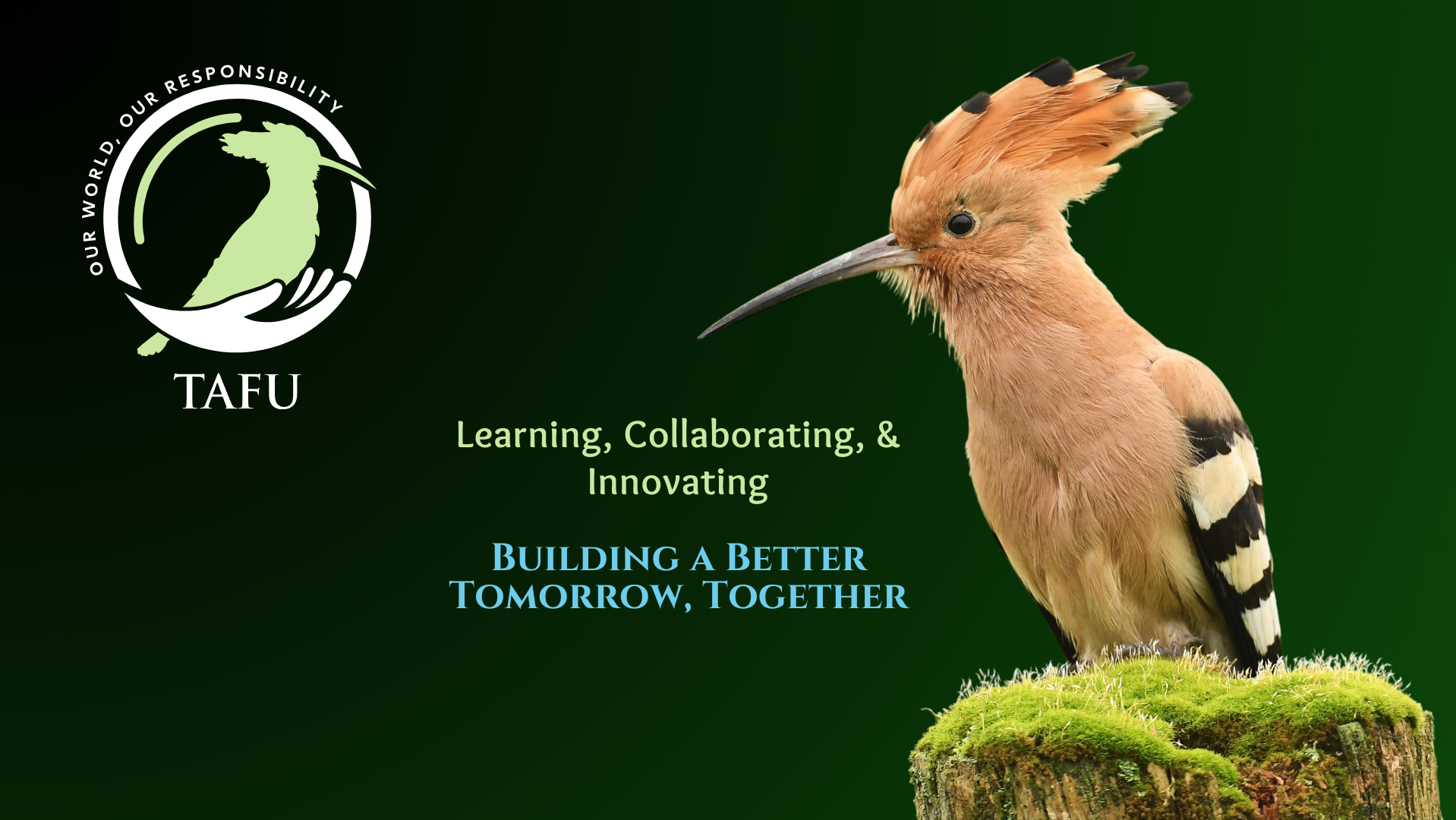Kingfisher
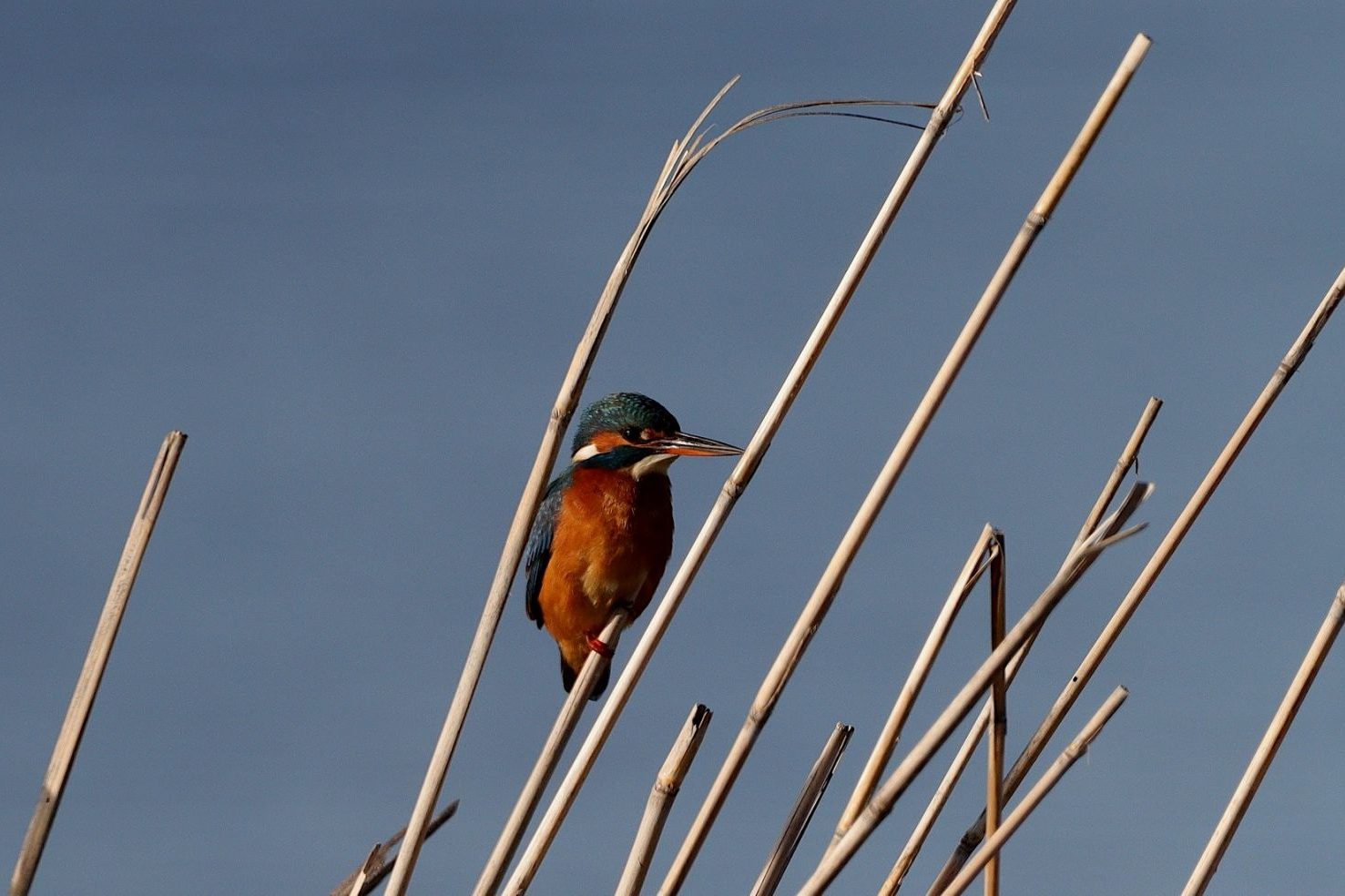
The common kingfisher (Alcedo atthis), also known as the Eurasian kingfisher, is a small, brightly coloured bird found throughout Europe, Asia, and parts of Africa. These birds are known for their striking appearance, with a long, slender bill and bright, iridescent feathers.
The common kingfisher is a carnivorous species that feeds on a variety of small prey, including fish and aquatic insects. They are highly skilled hunters, and use their long, sharp bills to catch and kill their prey. They are known to feed on a variety of small fish, including minnows and sticklebacks.
The process of catching a fish is a lot harder than it sounds. The kingfisher must locate a fish, usually between 1 and 5 inches long, from its perch and assess its depth. Once it has done this, it must fly above the fish, often hovering above it, and dive down. Once it hits the water it is almost blind. If it does overcome all these challenges and manage to catch the fish, it then has to return to its perch and kill the fish before it can swallow it. This is to ensure that the fish relaxes and therefore can actually be swallowed. Despite all of this, each bird must eat at least its own body weight worth of food each day.
Common kingfishers can be found near rivers, streams, and other bodies of water, where they hunt for food. Therefore, although the Neretva River Valley was not formed naturally, it is now the perfect habitat for birds like the common kingfisher. However, this near perfect habitat and hotspot for many species, as well as a resting area for many more, is now under threat by many planned projects. We have to do everything we can to make sure that the habitat that we created now doesn’t get destroyed but is continuously improved.
In their first-year kingfishers can bread and pair-formation starts around February, with neighbouring territories of males and females often merging for the breading season. They create or find a suitable hole in the sandy soil of a low stream bank about half a meter from the top. In order to assure that no eggs can fall out of the nest, they create a small depression at the edge of the nest.
They nest 2-3 broods each year, each consisting of around 6-7 eggs, with their first being laid from late March to early April. Both the male and female share the responsibility of incubating the eggs and feeding the chicks once they hatch about 19-21 days later. After about 24 days they are ready to leave the nest, but before that each chick must eat between 12 and 18 fish a day. If, however, they are not fed enough during this period, they can stay in the nest for up to 37 days. After they leave th nest, they are allowed to stay in their parent’s territory and feed for only 4 days, after which they are driven out, so that the adults can start the next brood.
It is believed that only about half of fledglings survive above two weeks, only a quarter survive to breed the following year, and only a quarter of adults survive from one year to the next. Despite all this, this is about enough to keep their number steady each year. While they have high breading productivity, after a bad winter or summer it can take years for the species to recover. Therefore, climate change is putting even more strain on their populations and reducing their likelihood of surviving.
In addition to this, there are many more direct human threats that kill many kingfishers. One of these is collisions with traffic or windows. Another is our cats. Another potentially more serious problem, is that of pollution. As kingfishers are high up the food chain, many chemicals build-up inside their bodies. This causes areas that would otherwise be perfect habitats, to be left uninhabited. This has led to long-term population declines since the 1970s.
However, there are also large problems that have easy solutions. One of these is human disturbance. Similarly, as to many other animals, and in particular birds, human disturbance during breading season is a huge problem. Human presence around the nest can cause the adults to stay away. By the time they feel safe to return to the nest, it is highly likely that the chicks have weakened enough, either due to hunger or the cold, to stop calling. This causes the parents to assume that they are well fed, and they will therefore die of starvation. Yet, this whole devastating process can be stopped by something as simple as spreading awareness. Therefore, please do not disturb any species at any time, especially during breading season, and please spread the word!
The kingfisher is an important and iconic species in the Neretva Valley I recently visited, and around the world. However, it faces several threats that can impact its population and habitat. Protecting and conserving these birds will require efforts to preserve their habitats, reduce pollution, and minimise human activities that may impact their populations from all of us.
Overall, the common kingfisher is a beautiful and skilled hunter that is facing many challenges, including climate change, pollution, and human disturbance, which can impact their populations and their ability to survive and thrive. It is important to protect and preserve their habitats and address these threats in order to ensure the continued survival of this species.
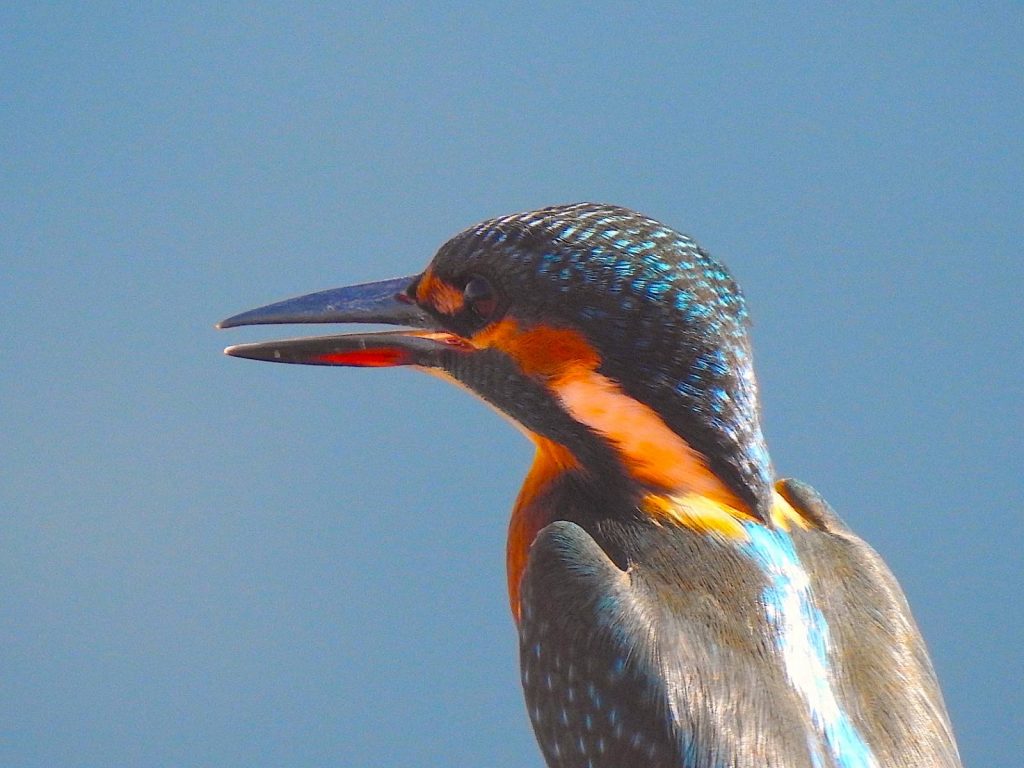
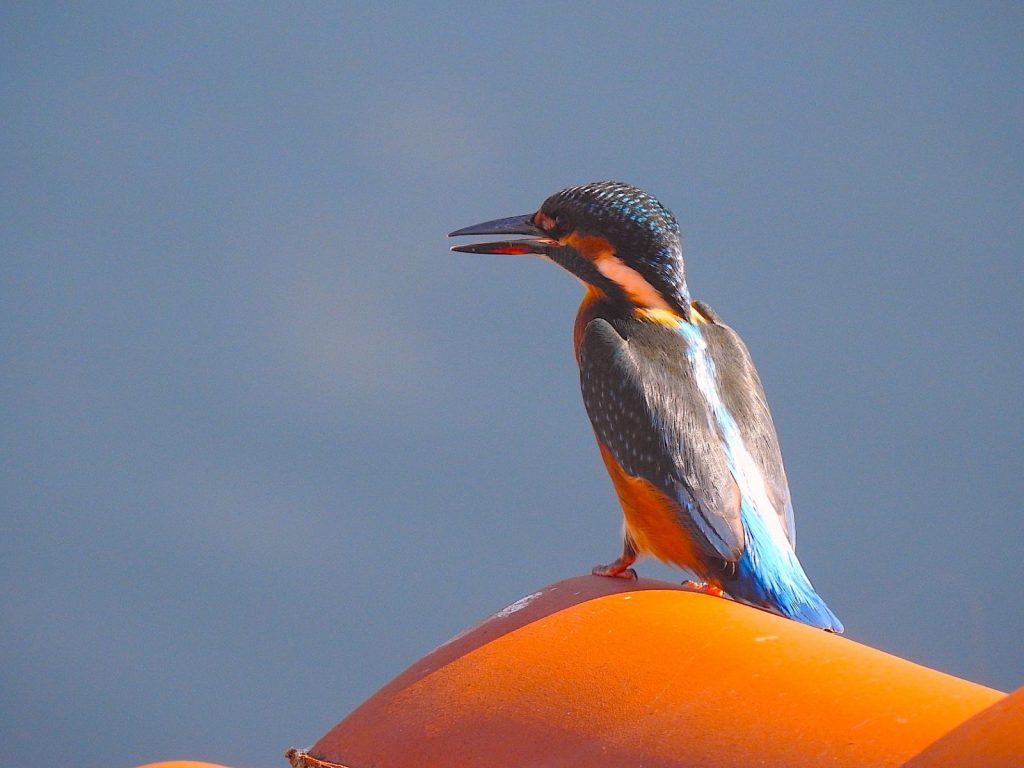
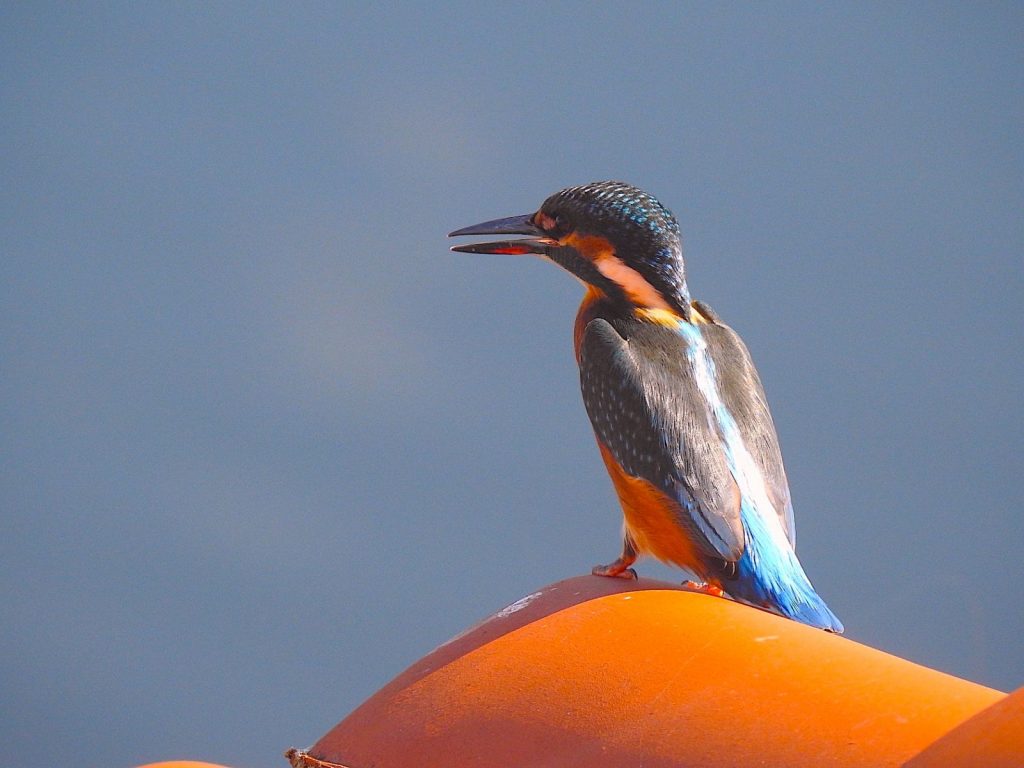
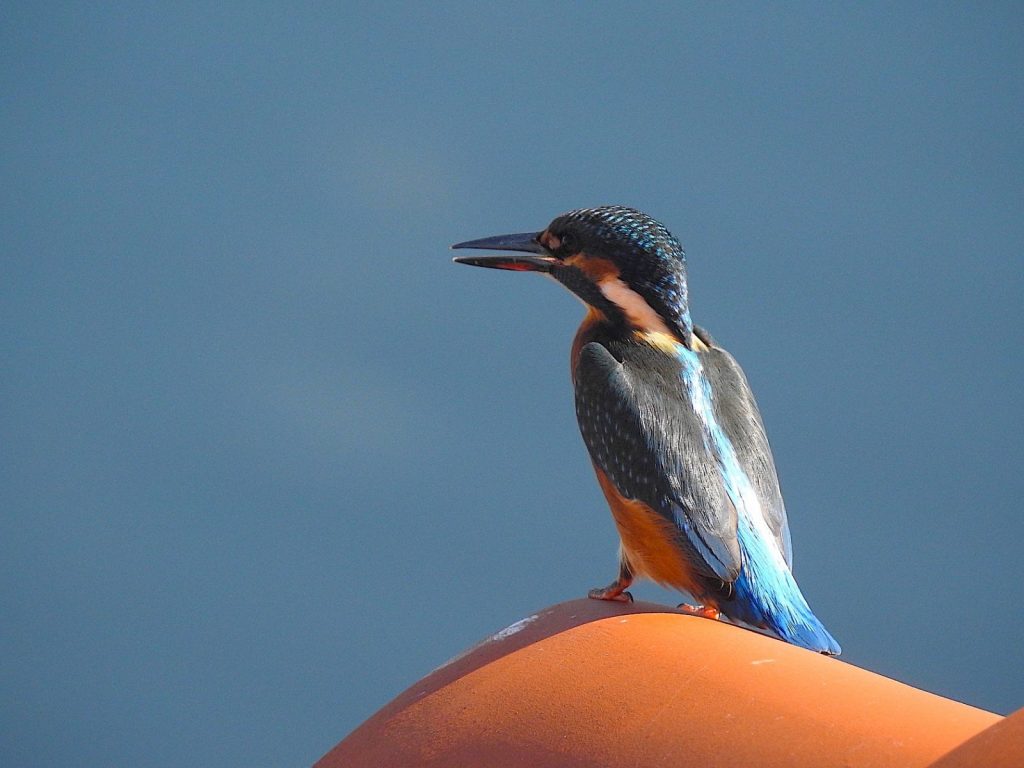
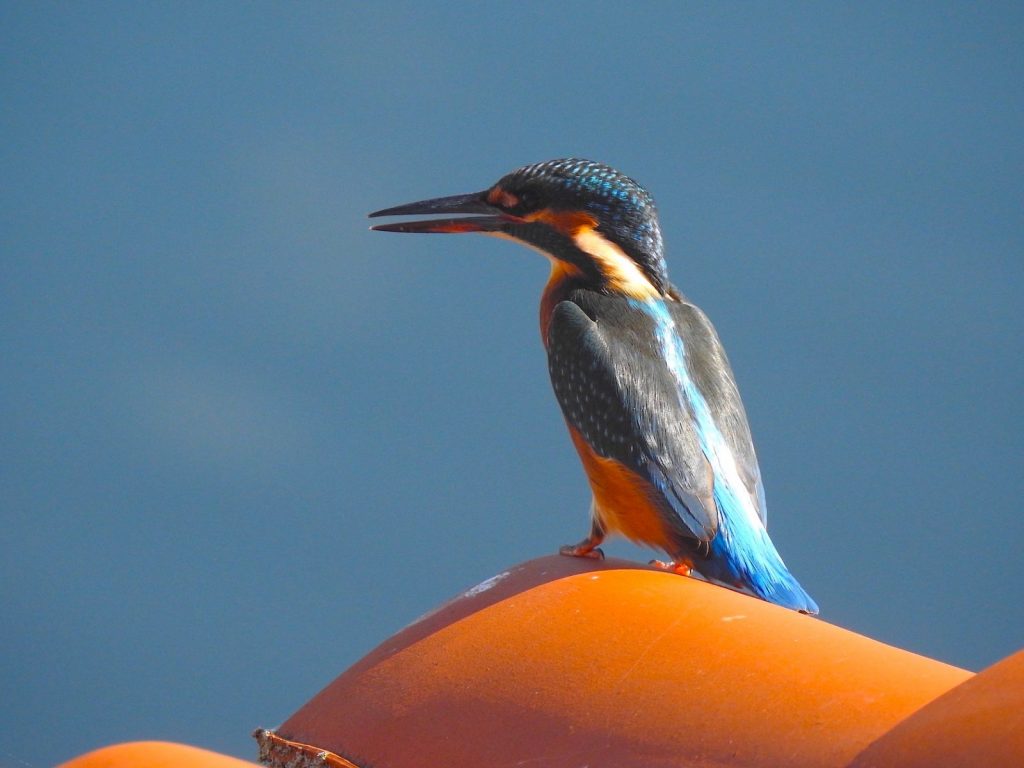
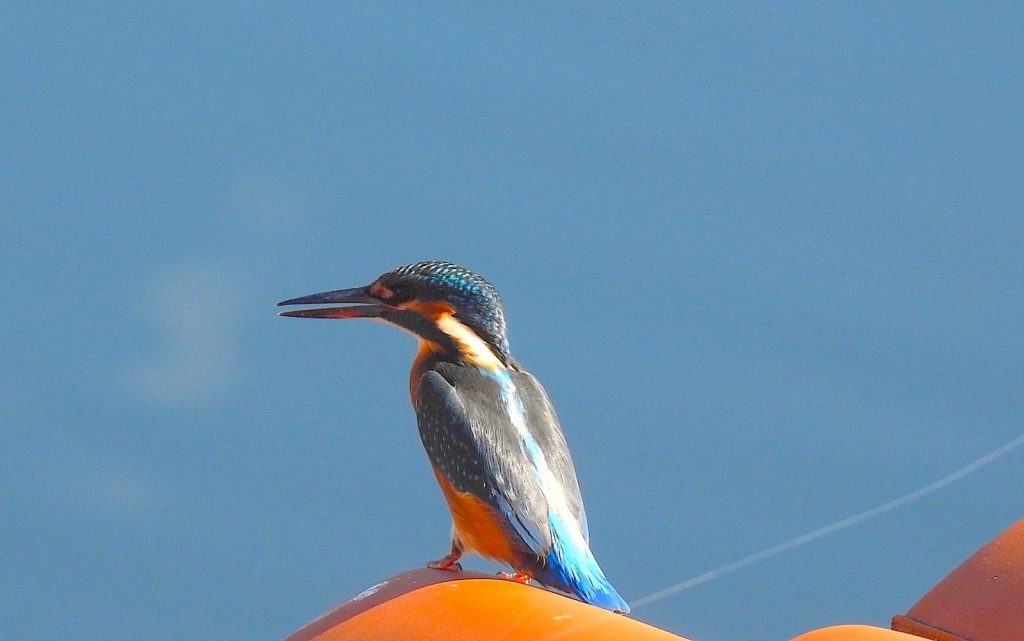
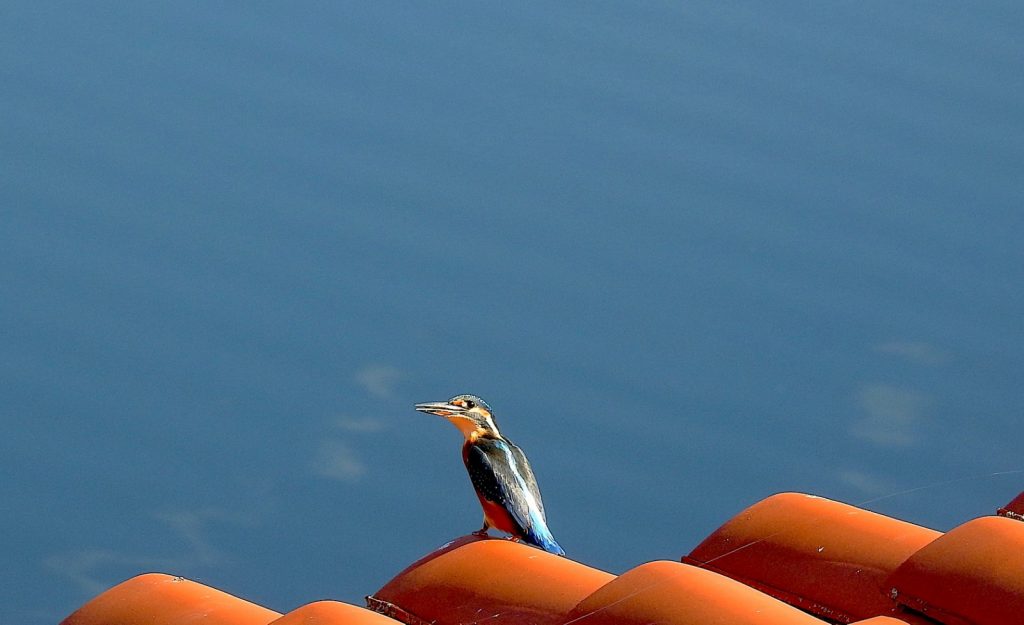
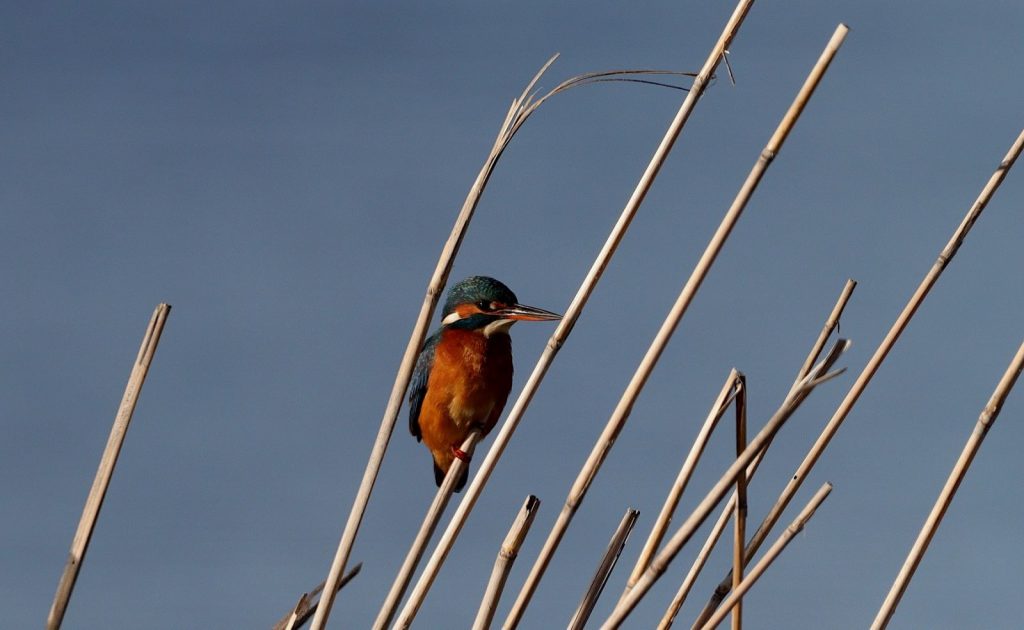
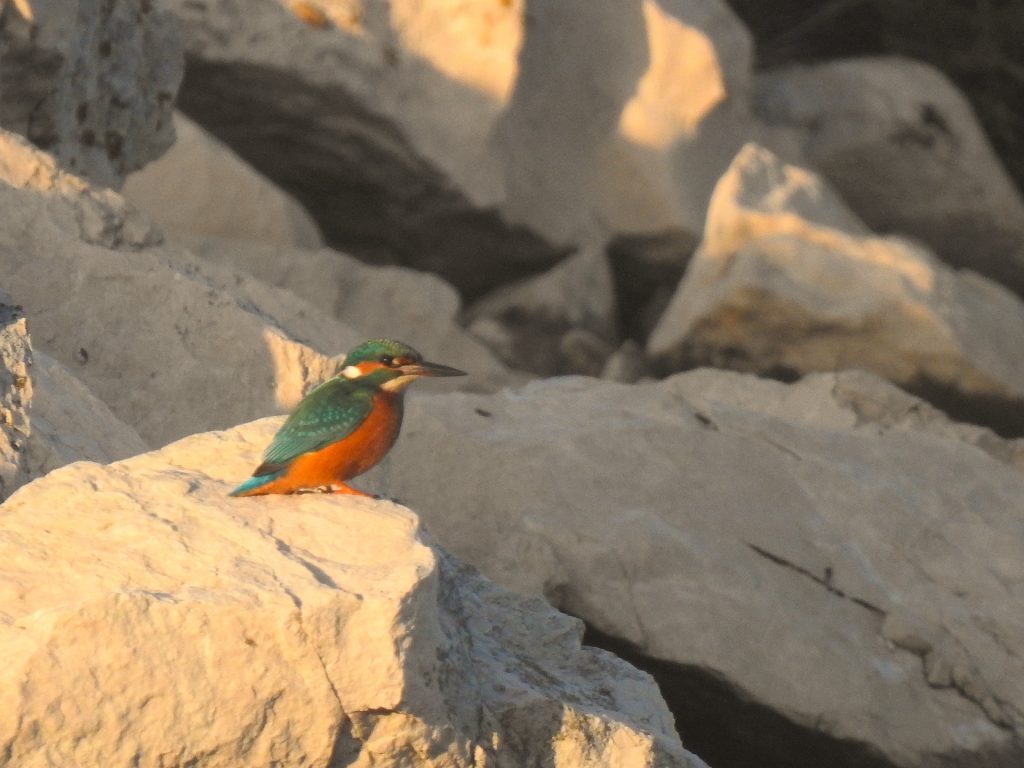
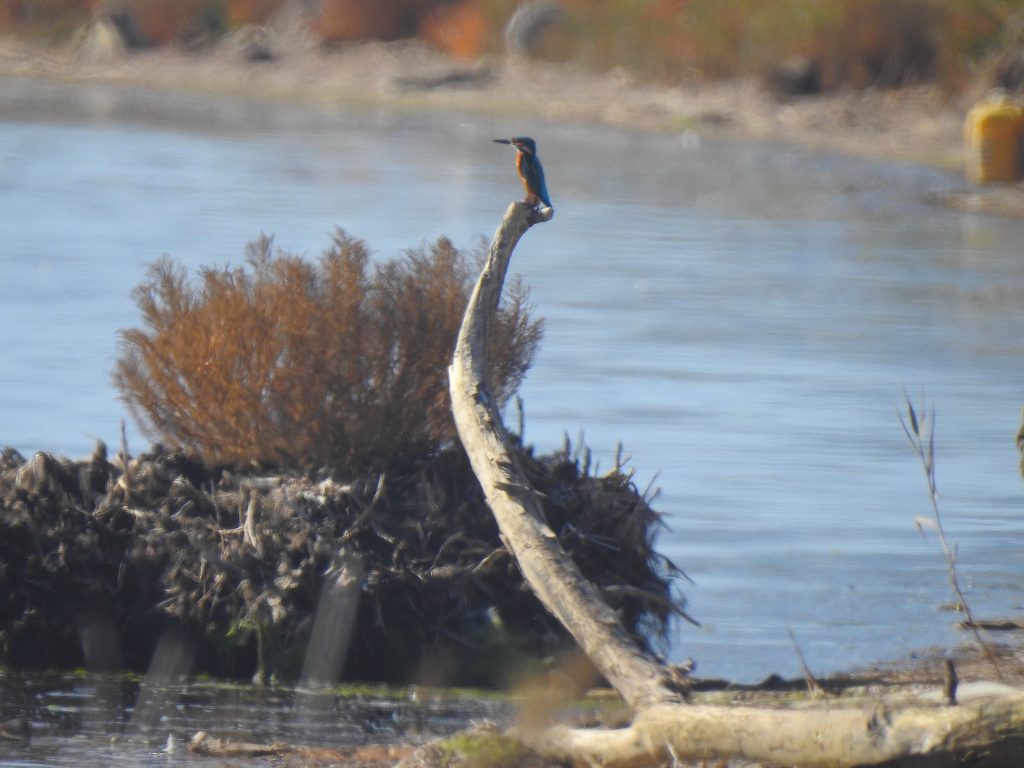
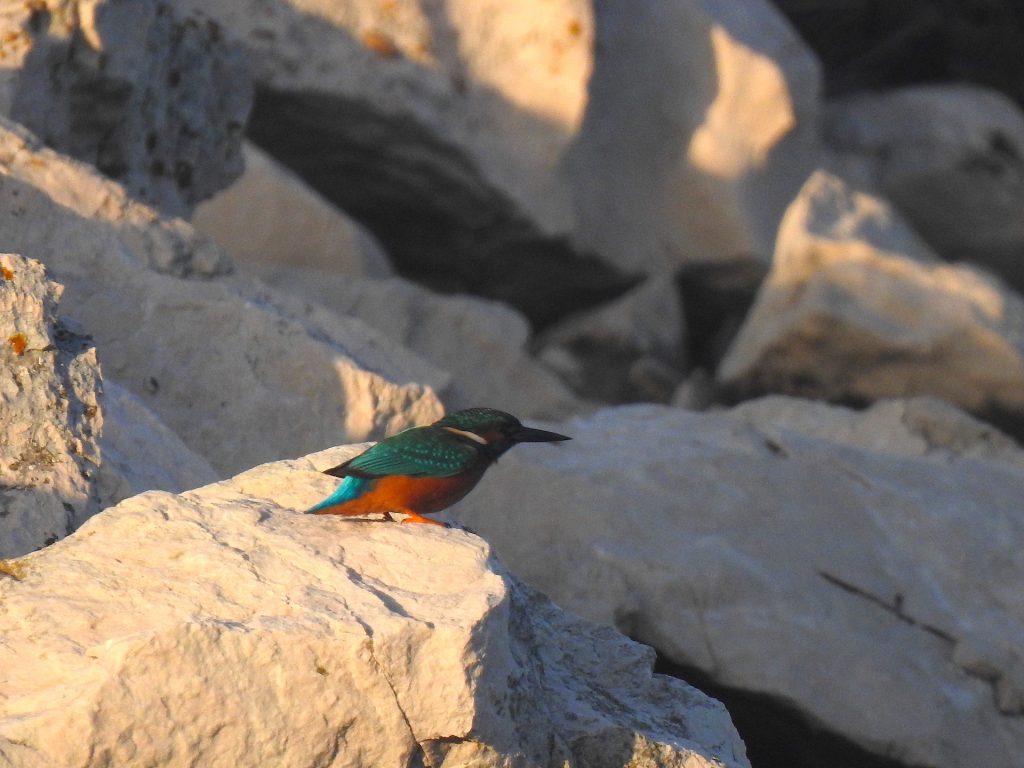
Nika Strok Underwood
